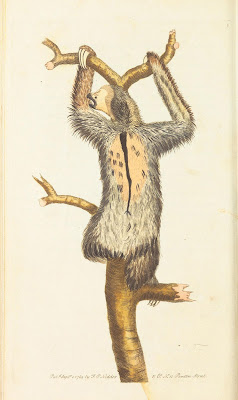“Half way between Pooh’s house and Piglet’s house was a Thoughtful Spot where they met sometimes when they had decided to go out and see each other . . .”
—The House at Pooh Corner by A.A. Milne
I think everyone should have a Thoughtful Spot—a quiet place in nature where they can be alone with their thoughts. And for writers, I think a Thoughtful Spot is absolutely essential. My guess is that beloved author A.A. Milne felt exactly the same way.
Today more than ever before, daily life is busy and chaotic. We need time and space to analyze and process and evaluate it all. Only then, can our minds be free to dream and imagine and find the inspiration the fuels us.
My Thoughtful Spot is a pond about 20 minutes from my home.

While walking along the wooded trail surrounding the pond, I’ve solved many problems that seemed insurmountable while sitting at my keyboard, staring a mess-of-a-manuscript.
This same special spot provided experiences and observations that led directly to two of my most popular books—Under the Snow and When Rain Falls. I take you to the pond and describe those book-generating experiences in a video called Where Do Ideas Come From.
Do you have your own Thoughtful Spot? I hope so. Visit it often and soak up its treasures.
And it you don’t, I heartily encourage you to make time to explore some natural areas near your home. My guess is that it won’t take long to find a special place where you can go to slow down and reconnect with the part of yourself that’s open to all the possibilities the world has to offer.
Why not give it a try? After all, it worked for Winnie-the-Pooh.
Melissa Stewart is the award-winning author of more than 150 nonfiction books for children, including No Monkeys, No Chocolate; Feathers: Not Just for Flying; Under the Snow; and Animal Grossapedia. She maintains the blog Celebrate Science and serves on the board of advisors for the Society of Children’s Book Writers and Illustrators.
(P.S. For anyone wondering why an American writer is guesting on a Canadian kids' science writers' blog - we just like her work! - CE)













